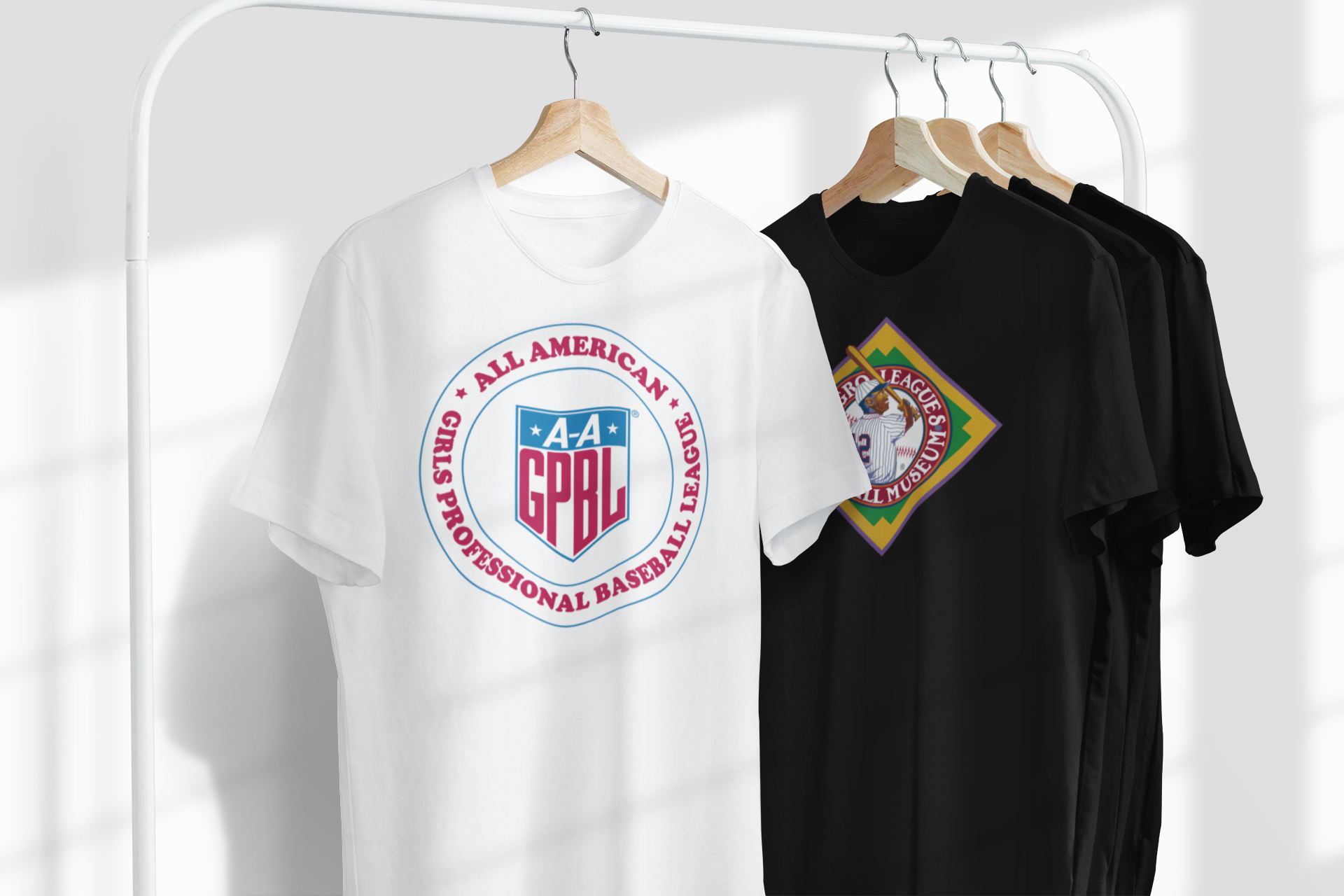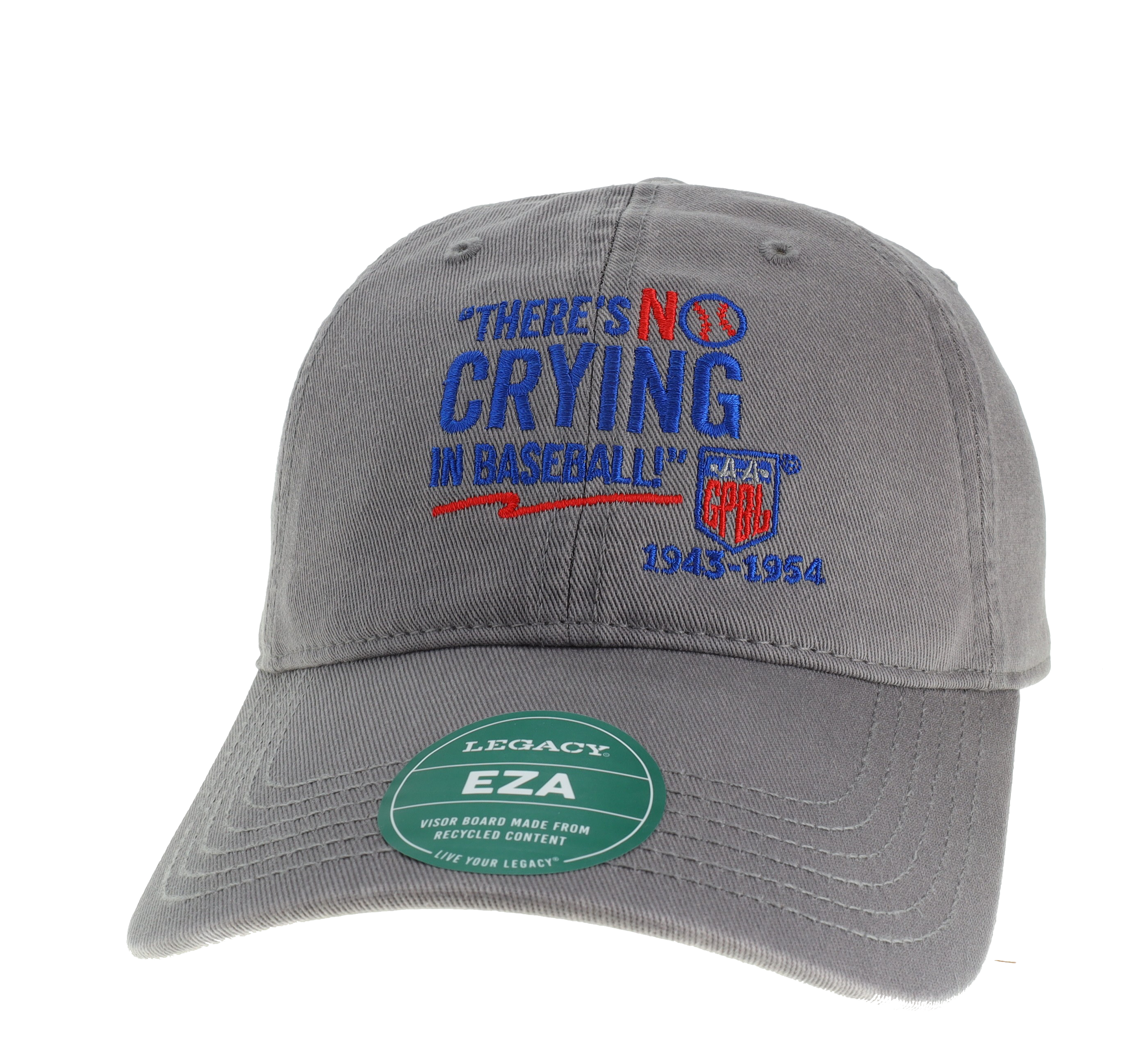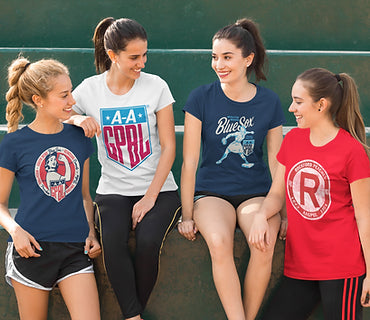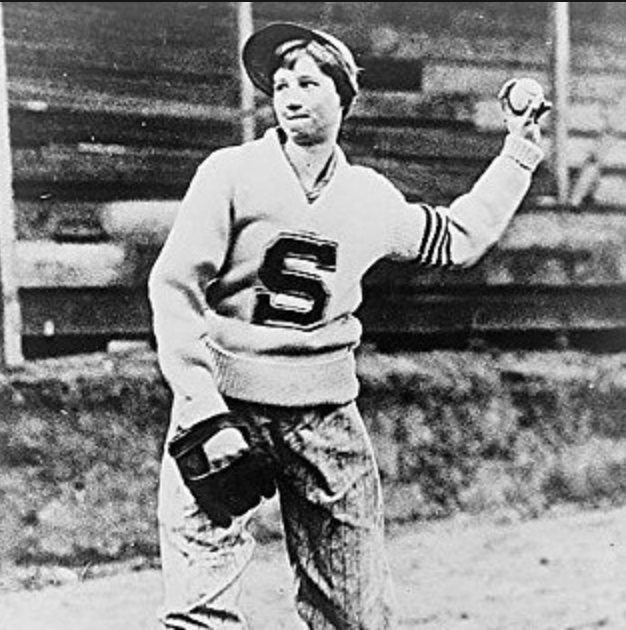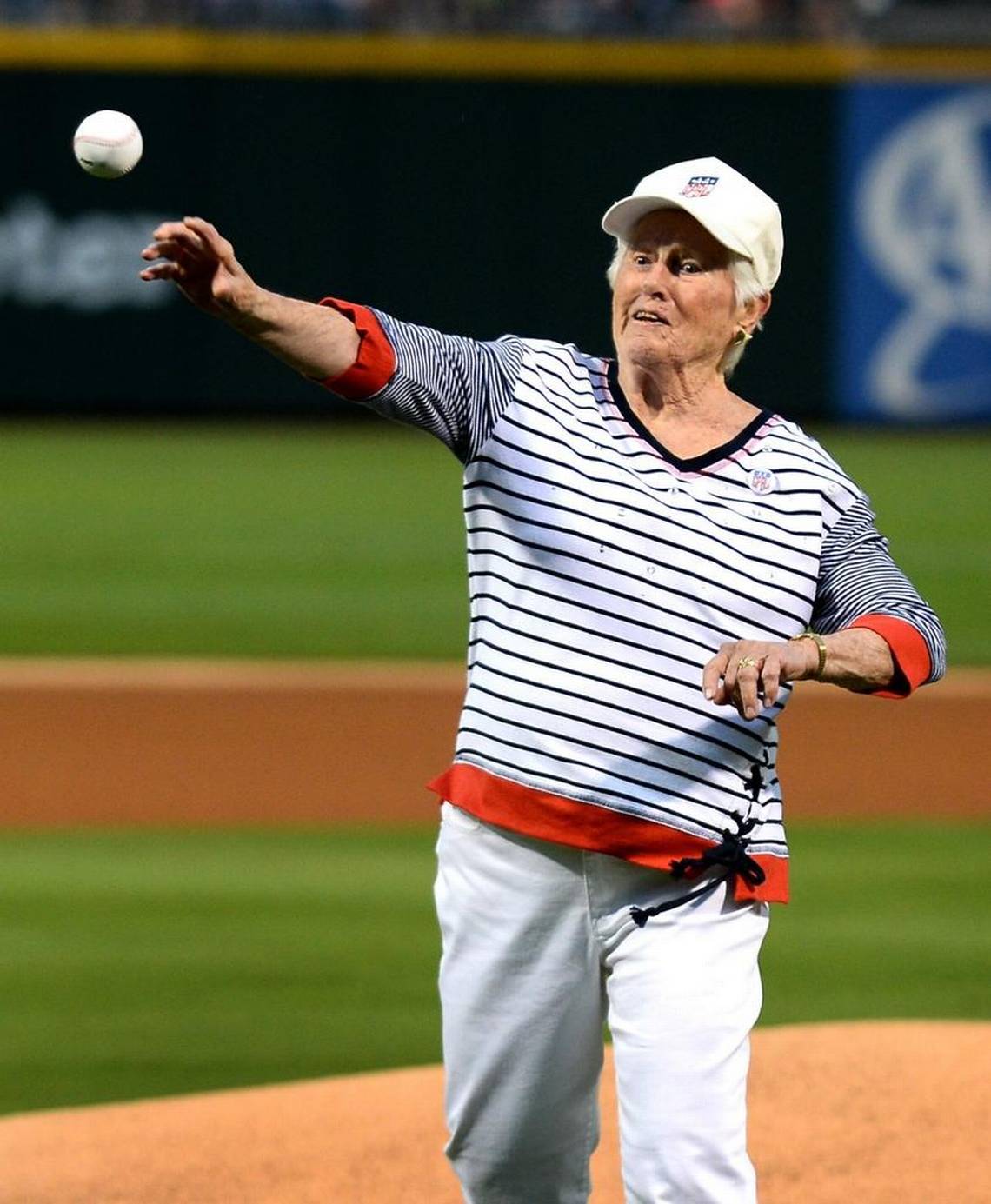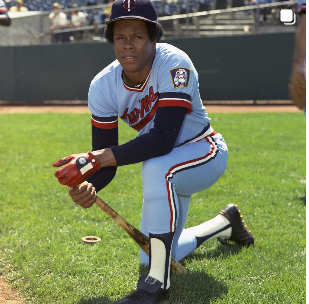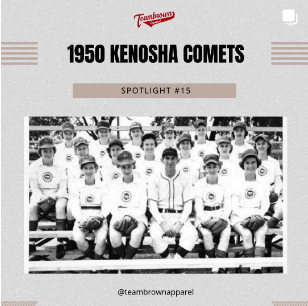This week as part of Women's History Month, we introduce you to some amazing women - today Connie Wisniewski, All-Star Pitcher and Outfielder of the AAGPBL.
From the Bio on the AAGPBL Website - Connie Wisniewski
By Joyce M. Smith

Constance Wisniewski, a native of Detroit, Michigan, began playing softball at age 11 in her home town. For the next ten years she participated in the competitive, high caliber softball skirmishes of the Detroit city and industrial leagues, meeting and playing against the great names in softball in the late 1930s and early 40s. An infielder early in her amateur career, she tried pitching and found that she had speed and control; later she developed a variety of pitches to keep batters off balance. By the time she was 19 years old and pitching for the Detroit Keller Girls, she had a national reputation in softball circles.
She heard about Phil Wrigley's remarkable experiment in creating the All American Girls Professional Baseball League in 1943. The next year she was invited to try out and was placed with the Milwaukee Chicks. Connie's 23 - 10 record in 1944 helped Milwaukee take the championship; however, an expansion team in the infant league and sometimes referred to with less than affection in the MILWAUKEE JOURNAL as the Schnitts or "Little Beers", the Chicks had no local financial backing. In addition, the high ticket prices charged for games failed to encourage significant fan support, so champions or not, the Chicks were forced to make a move for the 1945 season.
This time they found a permanent home in Grand Rapids, Michigan, and the legend of Connie Wisniewski began. She won 32 games that year and lost 11, finishing the season with an unheard of .81 ERA. She also earned the appellation "Iron Woman" by pitching and winning both ends of a double-header against the Racine Belles.
Connie was honored by the publication MAJOR LEAGUE BASEBALL after been chosen by league managers as Player of the Year for 1945. She led the league's pitchers in won/lost percentage (a feat which she duplicated for three consecutive years), set an all time low ERA, led the league in the most games pitched, most games won, highest percentage of games won, and low earned run average.
Wisniewski's incredible career continued in 1946 when she pitched 40 complete games without being removed from the mound. Although her ERA increased that year to .96, her winning percentage also increased and her other stats remained as strong as they had been the previous year. She was named to the league's first All Star team in 1946.

Each year the field dimension changed as All American League baseball came closer to emulating the game played by the men's major leagues. The mound was raised; the pitching distance was lengthened. Underhand pitchers who could not make the adjustment to side arm or overhand pitching fell victim to these changes. An incredibly strong "windmiller", Connie had a shoulder that could not take the new pitching motion. Wisniewski was one of the casualties.
However, Connie was a superb athlete who had spent most of her life on the ball diamond. Her bat made her an asset on any team, and she took to the Chicks line-up full time as an outfielder. This "Iron Woman" proved that she was equal to the test by making the All Star team again in 1948, this time on the basis of her performance in the field and at the plate where she finished third in the league with a .289 batting average. She led the league with 409 total advanced bases and in home runs, she was second in runs batted in.
Wisniewski continued to hit well throughout the 1949 season, but she missed pitching. When she was offered a two-year contract by M. F. Darling of the National Girls Baseball League Music Maids with the verbal understanding that she would both pitch and play in the outfield, she accepted and moved to the Chicago league in the spring of 1950. Although it was billed as a baseball league, the NGBL featured underhand pitching and used a ball larger than that used in the All American League. She should have been right at home again, but even though she pitched well, winning 30 games, Connie's expectations were not met during that season, and she elected not to return to Chicago for 1951. Connie, as well as other players who had "jumped" to the Chicago league were eventually welcomed back by the AAGPBL. She returned to the Grand Rapids Chicks.
Wisniewski continued to be a formidable player. She was selected to the All Star Team in 1951 and again in 1952, but recognizing that she was slowing down and plagued by injuries that a lifetime of baseball had inflicted, Connie elected to go out while she was still at the top of her game. She retired at the end of the 1952 season.
Constance Wisniewski's record speaks for Connie the ball player, but it does not speak for Connie the woman. Regardless of the celebrity she enjoyed, she was a self-effacing person who was never too important to pose with a young fan who looked at her with adoring eyes or to sign endless autographs after a grueling game. She was never too busy to support a local cause that brought credit to her team. She was always available to help a rookie when, sometimes, veteran players had a good time at their expense -- especially when the chaperon wasn't looking.
Magdalane "Mame" Redman, who played with Kenosha in 1948 - 49, handled catching chores for the Grand Rapids Chicks from 1950 - 1954, and later traveled with Bill Allington's All Stars, recalls her rookie year at the end of spring training.
"We [Kenosha] were with Grand Rapids and the other two teams went to Cuba for a two-week exhibition series after spring training in Opa-Locka, FL, while the rest of the teams toured the South. Some of the rookies were left on their own, but Connie made sure that we weren't. She got us together and coached us on what we should or shouldn't do to stay out of trouble down there. I'll never forget that. She was a big star. She didn't have to do what she did. That was the kind of person she was."
In 1994 Connie was diagnosed with stomach cancer. Following surgery, test showed that it had spread to other organs. Faced with the toughest decision of her seventy-two years, Connie opted for quality of life in whatever time she had left, rather than give herself over to fruitless treatment. In that choice, she proved once again that she remained the "Iron Woman". She died at home in Seminole, FL, on May 4, 1995.
( Statistics for Connie Wisniewski and other players of the All American Girls Professional Baseball League can be found in the yearbook published by each team during the years 1944 - 1949 and the official program and score book published by some of the franchises from 1950 - 1954. A complete set of statistics for all players who acquired them can also be found at the National Baseball Hall of Fame, Cooperstown, NY, and at the Northern Indiana Center for History, South Bend, IN. The Connie Wisniewski photographic collection is housed at the National Baseball Hall of Fame Library and Archives, Cooperstown, NY )
Acknowledgment: Biographical data supplied by Joyce M. Smith, updated July 20/99; for the estate of Connie Wisniewski and submitted to the AAGPBL web site 7/99.
Author: Joyce M. Smith Contributed By: Joyce M. Smith Copyright: 1999
#HistoryInYourSize

